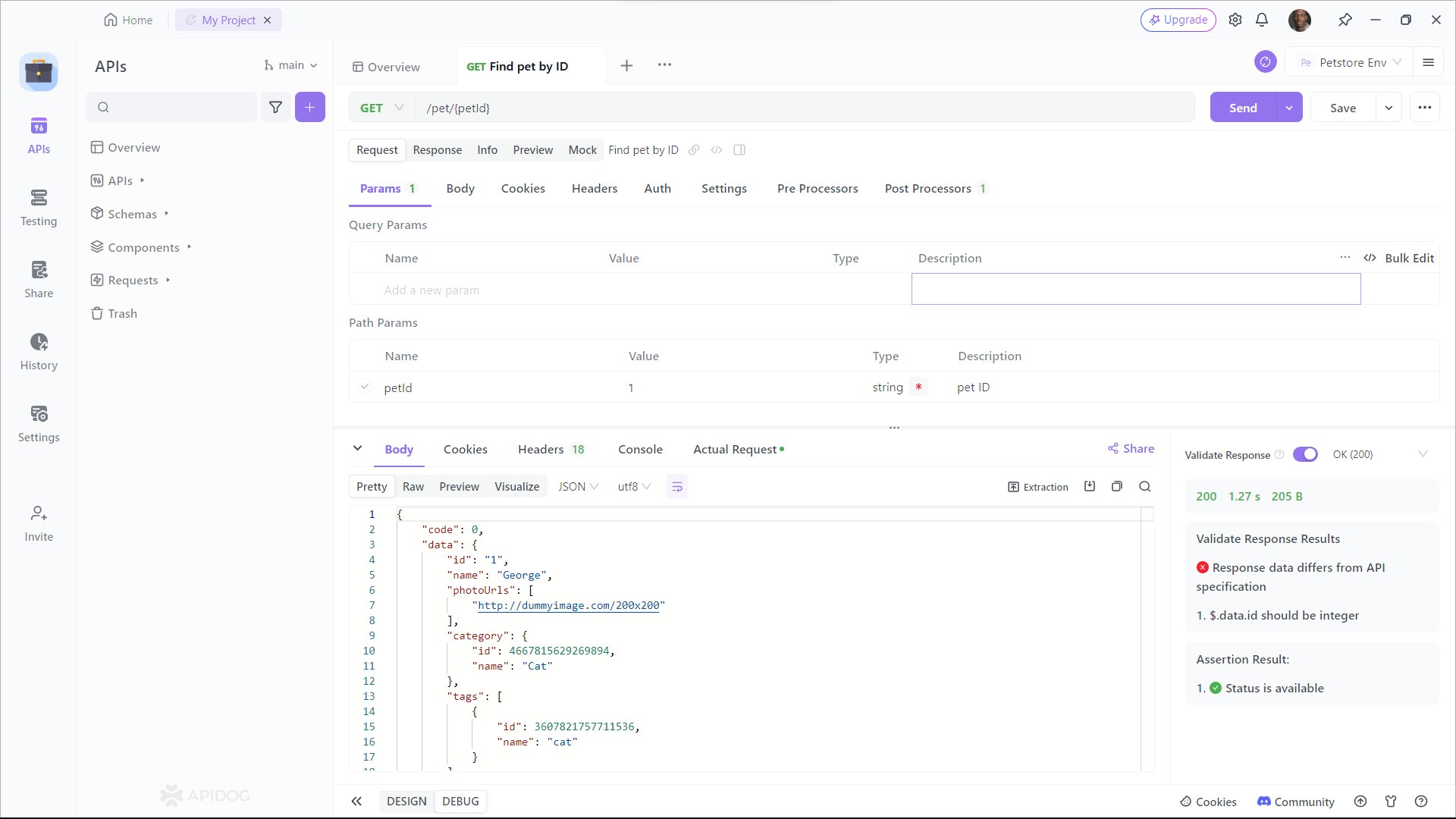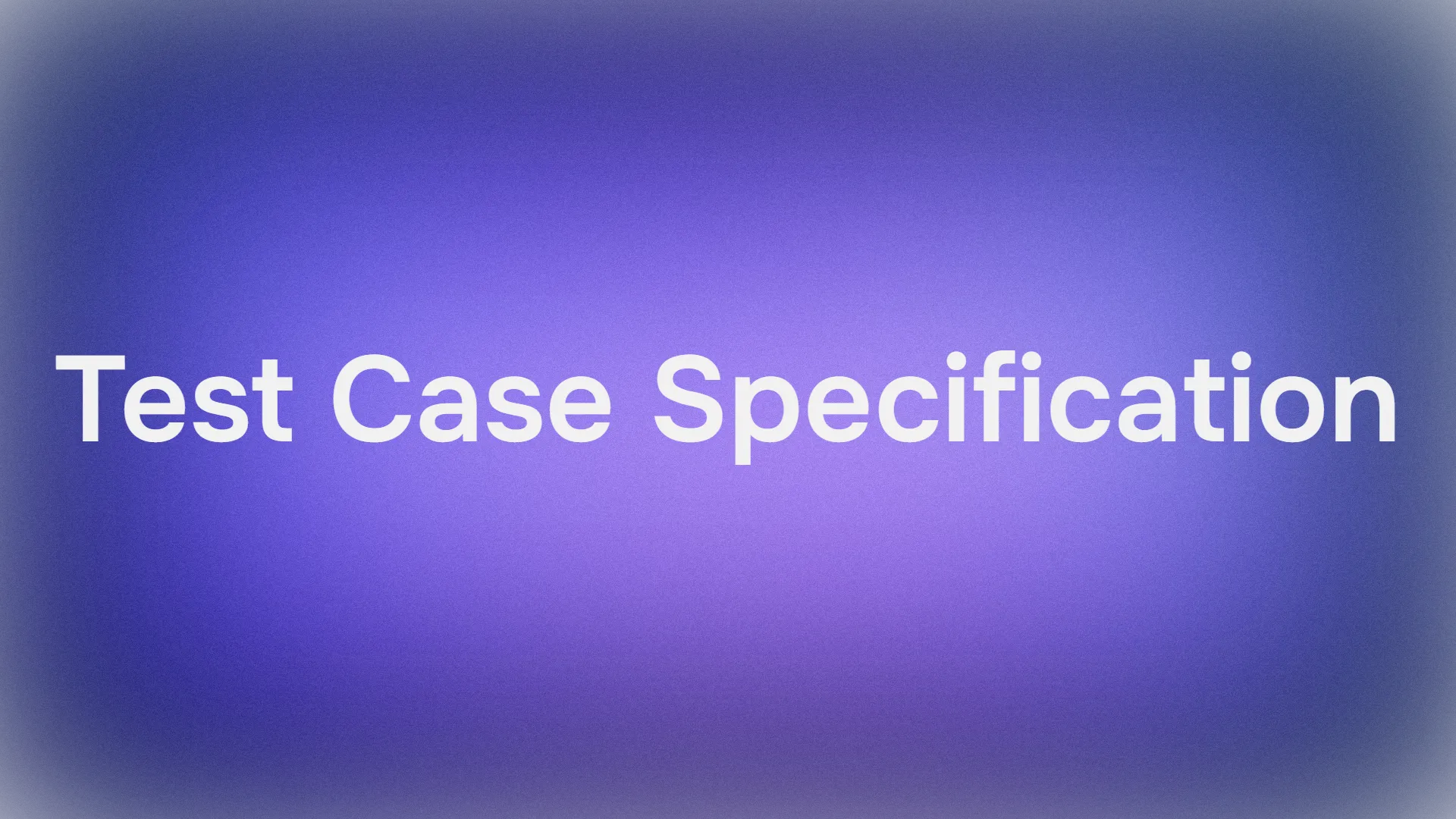Hey there! Have you ever wondered how your favorite apps communicate with each other? Or maybe you're diving into the world of software development and heard about something called an API? If you're nodding your head, you're in the right place. Today, we're going to unravel the mystery behind API request structures.
What is an API?
API Basics
API stands for Application Programming Interface. It's a set of rules and protocols that allows different software applications to communicate with each other. Think of it as a waiter in a restaurant who takes your order (request) and brings your food (response) from the kitchen (server). The API is the waiter, making sure everything runs smoothly between you and the kitchen.
Importance of APIs
APIs are the backbone of modern software. They enable seamless integration between different systems, allowing for innovative features and services. For instance, when you use a travel app to book a flight, the app uses an API to fetch flight data from the airline’s database. Cool, right?

Diving into API Request Structure
What is an API Request?
An API request is how you ask a server for data or services. It's like sending a letter to a friend with specific instructions on what you need. The structure of this request is crucial because it determines how the server interprets and responds to your query.
Key Components of an API Request
- Endpoint: This is the URL where your request is sent. It's like the address on an envelope.
- Method: This specifies the type of action you want to perform. Common methods include:
GET: Retrieve data.POST: Submit data to be processed.PUT: Update existing data.DELETE: Remove data.
- Headers: These provide additional information about your request. Think of them as the envelope’s return address and postage.
- Body: This contains the data you want to send to the server, usually in JSON format. It's like the content of your letter.
Crafting a Perfect API Request
Choosing the Right Endpoint
Selecting the appropriate endpoint is crucial. It’s like dialing the correct phone number to reach the right person. Each API will have its own set of endpoints, usually documented by the provider.
Understanding HTTP Methods
Different methods serve different purposes. Knowing which one to use is key to making effective requests.
- GET: Use this when you want to retrieve information. For example,
GET /usersmight fetch a list of users. - POST: Use this to send data for processing. For instance,
POST /userscould add a new user. - PUT: This method updates existing data.
PUT /users/1might update the details of the user with ID 1. - DELETE: As the name suggests, this removes data.
DELETE /users/1would delete the user with ID 1.
Setting Up Headers
Headers provide context and meta-information about your request. Common headers include Content-Type (which tells the server the format of the data you're sending) and Authorization (which provides credentials for accessing protected resources).
Formatting the Body
The body of your request contains the data you’re sending. Most APIs expect this in JSON format. For example, when creating a new user, your body might look like this:
{
"name": "John Doe",
"email": "john.doe@example.com"
}
Best Practices for API Requests
Keep It Simple
Complex requests can lead to errors. Try to keep your requests as straightforward as possible. Break down complex operations into smaller, manageable requests.
Handle Errors Gracefully
Always anticipate potential errors and handle them appropriately. Use status codes to determine the outcome of your requests. Common status codes include:
200: Success400: Bad Request401: Unauthorized404: Not Found500: Internal Server Error
Secure Your Requests
Security is paramount when working with APIs. Always use HTTPS to encrypt your requests. Include authentication tokens in your headers to ensure only authorized users can access your data.
Use Pagination for Large Data Sets
When dealing with large data sets, use pagination to manage the amount of data returned by your API. This prevents overwhelming your system and improves performance.
Document Everything
Good documentation is the key to effective API usage. Always document your endpoints, methods, headers, and request/response formats. This helps other developers understand and use your API correctly.
Real-World Examples
Example 1: Fetching Data with GET
Let’s say you want to retrieve a list of books from an online library API. Your request might look like this:
Endpoint: https://api.online-library.com/books
Method: GET
Headers:
{
"Authorization": "Bearer YOUR_API_TOKEN"
}
Response:
[
{
"id": 1,
"title": "1984",
"author": "George Orwell"
},
{
"id": 2,
"title": "To Kill a Mockingbird",
"author": "Harper Lee"
}
]
Example 2: Creating a New Resource with POST
Now, let’s add a new book to the library:
Endpoint: https://api.online-library.com/books
Method: POST
Headers:
{
"Content-Type": "application/json",
"Authorization": "Bearer YOUR_API_TOKEN"
}
Body:
{
"title": "The Great Gatsby",
"author": "F. Scott Fitzgerald"
}
Response:
{
"id": 3,
"title": "The Great Gatsby",
"author": "F. Scott Fitzgerald"
}
Tools to Simplify API Requests
Why Use Apidog?
Managing API requests can get overwhelming, especially when working on large projects. This is where tools like Apidog come in handy. Apidog provides a user-friendly interface to design, test, and manage your APIs. It streamlines the entire process, allowing you to focus on development rather than the intricacies of API requests.
Key Features of Apidog
- API Design: Easily create and visualize your API endpoints.
- Testing: Test your APIs with real-time data and inspect responses.
- Documentation: Generate comprehensive API documentation automatically.
- Collaboration: Share your API designs and collaborate with your team.
Getting Started with Apidog
To Test HTTP Get request using Apidog, you need to follow these simple steps:
- Open Apidog and click on the "New Request" button to create a new request.

2. Select "GET" as the method of the request.

3. Enter the URL of the API endpoint

Then click on the “Send” button to send the request to the API.

As you can see, Apidog shows you the URL, parameters, headers, and body of the request, and the status, headers, and body of the response. You can also see the response time, size, and format of the request and response, and compare them with different web APIs.
Conclusion
Understanding API request structures is fundamental for any developer. It’s the bridge that connects different software systems, enabling them to work together seamlessly. By mastering API requests, you can build more robust, efficient, and scalable applications.
Don’t forget, if you want to make your life easier, download Apidog for free. It’s an invaluable tool for anyone working with APIs, whether you’re a beginner or an experienced developer.




